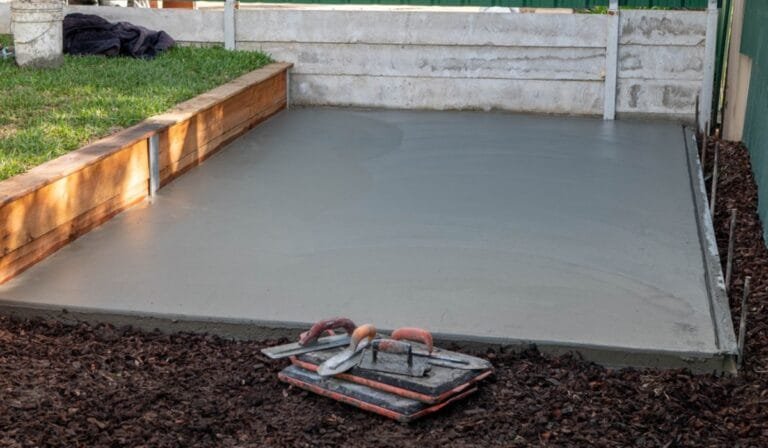As a builder, understanding the fire resistance of construction materials is essential for ensuring the safety and reliability of your projects. Among these materials, concrete stands out for its remarkable ability to withstand fire and protect structures from potential disasters. In this article, we’ll address common questions that builders often have about the fire resistance of concrete, shedding light on its importance and how it enhances the durability of modern construction.


1.Why is Concrete Regarded as Fire-Resistant?
Concrete’s fire resistance can be attributed to its unique composition and inherent properties. When cement is mixed with water, it undergoes a chemical reaction called hydration, forming a solid matrix with tiny air pockets. This results in a dense and compact structure that acts as an effective insulator against high temperatures.
During a fire incident, the water trapped within the concrete begins to evaporate. This process absorbs significant amounts of heat energy, effectively slowing down the increase in surface temperature. As a result, the structural integrity of the concrete remains intact, protecting the underlying structure from flames and intense heat.
2. How are Fire Ratings Determined for Concrete?
Fire ratings measure the duration of time a material can withstand fire exposure before failure. Concrete boasts impressive fire ratings, making it a preferred choice for various building elements. For example, concrete walls and columns can achieve fire ratings ranging from 2 to 4 hours, offering crucial protection during a fire incident.
To determine fire resistance, engineers and architects conduct rigorous fire tests that simulate real-life fire scenarios. These tests evaluate the performance of different concrete compositions under extreme heat conditions. Based on the results, construction professionals can make informed decisions about using concrete in various parts of a building or structure.

3. Can Concrete Be Used in High-Rise Buildings for Fire Safety?
Absolutely! Fire safety is of paramount importance in high-rise buildings, and concrete plays a critical role in ensuring occupant safety and preventing the spread of fire. Reinforced concrete, commonly used in high-rise construction, offers additional benefits. The steel reinforcement within the concrete provides tensile strength, preventing the concrete from cracking and spalling under intense heat.
Concrete’s fire-resistant properties enable compartmentalization within high-rise buildings. This reduces the risk of fire spread, providing occupants more time to evacuate safely and helping firefighters contain the blaze effectively.
4. Is Concrete’s Fire Resistance Relevant Beyond Buildings?
Indeed! Concrete’s fire resistance extends beyond buildings and finds application in various infrastructures. It is widely used in the construction of tunnels, bridges, and roadways, all of which face potential fire incidents. For example, concrete-lined tunnels act as protective barriers, ensuring motorists’ safety and minimizing tunnel structure damage during fire accidents.



